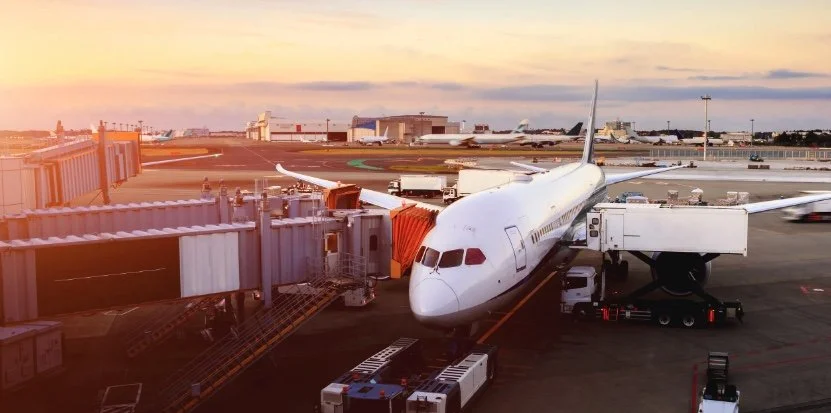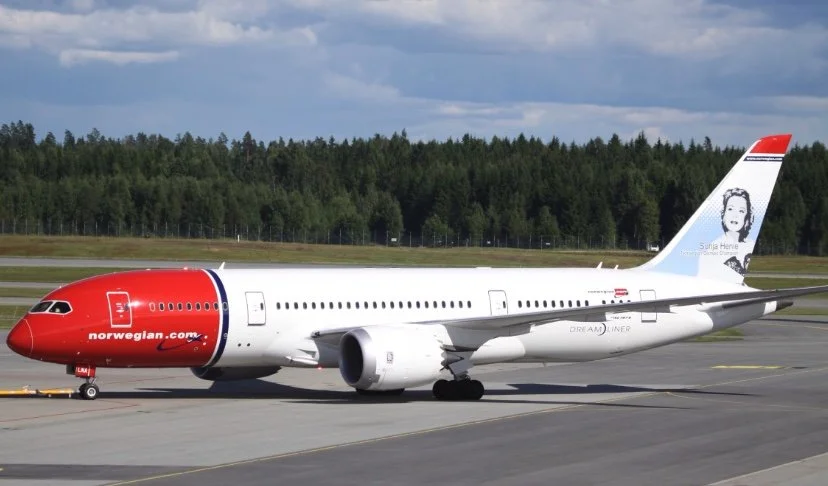The Challenges of Low-Cost Long-Haul Aircraft Operations
You've likely encountered the advertisements—a new startup airline promising a low-cost option for medium to long-haul routes. This business model has been presented to investors for the past two decades, with each influx of cash propelling airlines forward, seemingly overcoming the financial hurdles of long-haul, low-cost flying. However, as consumers, we understand that the price displayed in those ads rarely reflects the final cost, especially if you're not booking for immediate travel. Furthermore, the advertised price typically represents the bare minimum, excluding additional expenses like checked luggage, cabin bags, in-flight meals, and beverages. Let's delve into the operational and financial obstacles faced by airlines engaging in long-haul, low-cost flying, challenges that even successful low-cost carriers like Ryanair and EasyJet have refrained from tackling.
The importance of Turnaround Time of Aircraft
Consider a case study like Ryanair, notorious for its operational efficiency despite occasional delays. Despite setbacks, they consistently sell tickets and fill planes. One aspect Ryanair has mastered is the turnaround time of their aircraft—the duration between wheels down at landing and wheels up at takeoff. Numerous airport variables can prolong this period, often beyond the airline's control. For instance, at congested single-runway airports like Gatwick in the UK, aircraft may queue for takeoff for up to 30 minutes. Airlines typically incorporate such delays into their schedules, accounting for them in flight times. However, this additional time, accumulated over a 24-hour flying day, limits route opportunities. Ryanair circumvented this issue by operating from airports on the outskirts of major cities, such as London Stansted, where they dominate, much like EasyJet's strategy at London Luton.
Understanding Aircraft Yields and their importance
Aircraft yields for low-cost carriers are a critical component of their business strategy, typically emphasizing efficiency and maximizing revenue while keeping costs low. These carriers often employ a dynamic pricing model, adjusting fares based on demand, time of booking, and other factors to optimize revenue per seat. By focusing on high aircraft utilization rates and dense seating configurations, they aim to spread operating costs across a larger number of passengers. Additionally, ancillary revenue streams such as onboard services, baggage fees, and partnerships with third-party vendors contribute significantly to their overall yield. Despite the competitive pricing, low-cost carriers prioritize profitability through meticulous yield management techniques, ensuring a balance between affordability for passengers and sustainable returns for the airline.
Why does this matter in the context of low-cost long-haul flying?
Efficient aircraft turnaround directly correlates with increased passenger throughput and, consequently, revenue for the airline. Among European low-cost carriers, the Boeing 787-8 and 787-9 have emerged as popular choices for long-haul operations. Norwegian Air, for instance, operated the 787-9 with 309 economy seats and 35 premium economy seats—omitting business or first-class options, aligning with their low-cost ethos. Every airline tailors its aircraft configuration to suit its route network. Consider Norwegian's 787 with approximately 350 passengers. On routes like London Gatwick to New York JFK, averaging a flight time of 8 hours and 25 minutes, with a turnaround time of around 90 minutes (often more due to JFK delays), the math is simplified by rounding up to 10 hours. Within a day, a Norwegian 787 at full capacity transports roughly 700 passengers across the Atlantic. In comparison, a Ryanair Boeing 737-800, with 189 seats, typically operates between 5 and 6 rotations, transporting over 1100 passengers—a difference of approximately 400 paying passengers compared to the low-cost long-haul operator. But what about airport and slot charges? JFK and London Gatwick rank among the most expensive airport slots due to capacity constraints. While Ryanair may face more frequent fees, they negotiate lower rates, leveraging demand for their flights and selecting smaller, often more distant airports that offer reduced costs.
Long-haul low-cost carriers face unique challenges in managing aircraft yields due to the extended flight durations and increased operational complexities. Unlike short-haul flights where rapid turnover and high frequency can mitigate risks, long-haul routes require careful planning to maintain profitability while offering competitive fares. Factors such as fuel costs, aircraft utilization, seasonality, and fluctuating demand pose significant challenges in optimizing yields over longer distances. Additionally, long-haul flights often entail higher overhead expenses, including crew costs, maintenance, and airport fees, which must be offset by efficient yield management strategies. Balancing affordability with profitability becomes more intricate on long-haul routes, necessitating sophisticated pricing models, effective revenue management systems, and strategic alliances to navigate the intricacies of the market while remaining competitive in the low-cost carrier segment.
Norwegian Airlines 787-9
Lease rates and aircraft costs
In 2023 the monthly lease rate for a Boeing 737-800 could range from approximately $200,000 to $300,000 USD, depending on factors such as the age of the aircraft and lease terms. However, lease rates for the Boeing 787-9 typically ranged from $700,000 to $1.2 million USD per month due to its larger size, increased range, and advanced technology.
The significantly higher monthly lease rates for the Boeing 787-9 present a considerable challenge for low-cost long-haul airlines. These carriers typically operate on thin profit margins and rely on cost-efficient operations to remain competitive. The substantial lease expenses associated with the 787-9 can significantly inflate their operating costs, potentially compromising their ability to offer competitive fares while maintaining profitability.
Long-haul low cost is an expensive challenge
In conclusion, while the allure of low-cost long-haul flying may seem enticing, the operational and financial challenges underscore its complexity. Efficient aircraft turnaround remains paramount for maximizing passenger throughput and revenue generation, yet navigating airport constraints and slot charges poses significant hurdles. While some low-cost carriers have thrived in short-haul markets, the transition to long-haul operations requires careful consideration and strategic planning. As the aviation industry continues to evolve, finding innovative solutions to these challenges will be essential for any airline daring to venture into the realm of low-cost long-haul travel.



